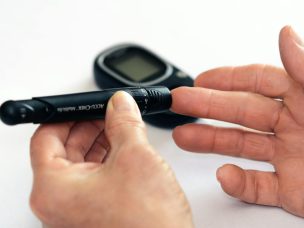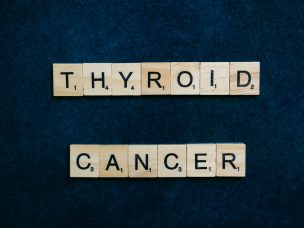THURSDAY, April 1, 2021 (HealthDay News) — Once-weekly subcutaneous semaglutide results in significantly greater weight loss than placebo when used as adjunctive therapy over 68 weeks in adults with overweight or obesity, according to a study published online Feb. 24 in the Journal of the American Medical Association.
Thomas A. Wadden, Ph.D., from University of Pennsylvania in Philadelphia, and colleagues randomly assigned adults with overweight or obesity (81 percent women; mean age, 46 years; mean body mass index, 38.0) in a 2:1 ratio to 2.4 mg semaglutide (407 patients) or placebo (204 patients), both combined with a low-calorie diet for the first eight weeks and intensive behavioral therapy (e.g., 30 counseling visits) during 68 weeks.
The researchers found that at week 68, the estimated mean body weight change from baseline was –16 percent for semaglutide versus –5.7 percent for placebo. Weight loss of at least 5 percent from baseline was achieved in more participants treated with semaglutide than placebo (86.6 versus 47.6 percent). Similar findings were seen for weight losses of at least 10 and 15 percent (75.3 versus 27 percent and 55.8 versus 13.2 percent, respectively). More participants receiving semaglutide rather than placebo experienced gastrointestinal adverse events (82.8 versus 63.2 percent) and consequently discontinued treatment (3.4 versus 0 percent).
“The results with semaglutide appear to be the breakthrough in weight management that health care providers and their patients with obesity have been waiting for,” Wadden said in a statement. “It’s clear that adding semaglutide to intensive behavioral therapy could substantially increase the proportions of patients who lose 10 percent or more of their starting weight, with accompanying improvements in health and mobility.”
Several authors disclosed financial ties to Novo Nordisk, which manufactures semaglutide and funded the study.










